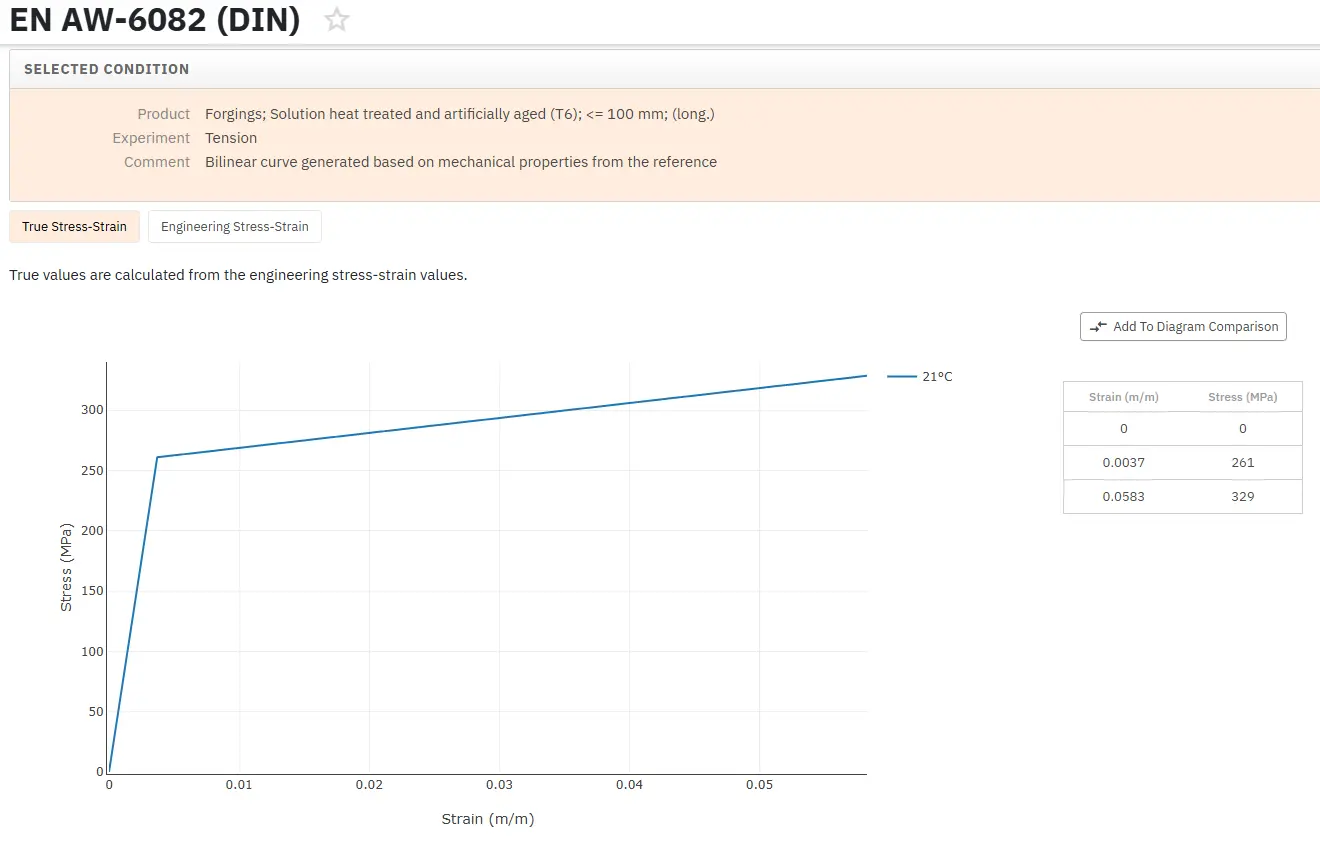Tube Hydroforming: Part One
Abstract
Tube hydroforming technology has been in existence for more than 30 years; but its use has been mostly limited to simple shapes and low-volume applications.
The main benefits obtained from tube hydroforming technology include weight reduction due to improved part design, part consolidation where a single component replaces an assembly, reduced tooling cost as a result of part consolidation, and improved structural strength and stiffness of the hydroformed component.
Tube Hydroforming is a well-accepted production technology in the automotive industry while sheet hydroforming is used in selected cases for prototyping and low volume production. Research in advanced methods (warm sheet and tube hydroforming, double blank sheet hydroforming, combination of hydroforming and mechanical sizing, use of multi-point and elastic blank holders) is expanding the capabilities of hydroforming technologies to produce parts from Al and Mg alloys, as well as Ultra High Strength Steels.
In the development of advanced hydroforming methods, experience based knowledge is not readily available. Thus, robust process simulation is required, along with adequate material modeling and identification of friction coefficients as input to process simulation.
Tube hydroforming technology has been in existence for more than 30 years; but its use has been mostly limited to simple shapes and low-volume applications. The process involves forming a straight or a pre-bent tube into a die cavity using internal hydraulic pressure, which may be coupled with controlled axial feeding of the tube.
Recent advances in forming machines and machine control systems have allowed for the introduction and the implementation of the process to produce several automotive components, which were originally produced by the stamping process. Components such as side rails, engine cradles, space frames, and several other key parts can be economically produced by tube hydroforming.
The main benefits obtained from tube hydroforming technology include weight reduction due to improved part design, part consolidation where a single component replaces an assembly, reduced tooling cost as a result of part consolidation, and improved structural strength and stiffness of the hydroformed component. However, the drawbacks include incomplete knowledge base of the effects of processing parameters on the final product, expensive tooling requirement, and slower cycle times compared with metal stamping.
The demand for lighter component solutions remains a primary driver in the automotive industry. Hydroforming is considered as one of the potential enabling technologies to deliver lightweight components. A new generation of hydroforming components; novel applications based on a better understanding of the process and the material application behind the products, designed with manufacture in mind, can deliver cost effective mass reduction in the race for lightweight solutions.
The new generation of hydroformed components makes use of Advanced Steels and the characteristics of an advanced tubular product, in solutions based on materials, and application based hydroforming knowhow.
The Tubular Hydroforming Technique
As mentioned above, tubular hydroforming is achieving increasing acceptance in the automotive industry for making a wide variety of components. Current applications include suspension frames, body structure, power-train components and exhaust pipes.
The major advantages of tubular hydroforming that have initiated these applications are cost reduction and weight savings, improved dimensional stability, improved integrity and increased strength and stiffness of the components. Depending on the part design, pre-bending and pre-forming operations could be essential before the start of the tubular hydroforming process.
In the tubular hydroforming process, a tube is first placed in the closed cavity of a forming die. Once the ends of the tube are sealed, the tube is filled and pressurized with hydraulic fluid. The internal pressure forces lead the tube to form into the shape of the tool cavity.
Most hydroforming processes also use axial force-feeding at the tube ends to feed material into the tool during forming. With the application of axial force-feeding, higher limits at the end of the part can be achieved.
鍛造材料の特性を即座に検索!
Total Materia Horizon には、鍛造に適した数千種類の材料の機械的・物理的特性、応力-ひずみ曲線、熱間鍛造用高温データなどが収録されています。

Total Materia Horizonの無料テストアカウントを開設して、120カ国以上、50万人を超えるユーザーのコミュニティに参加しましょう!